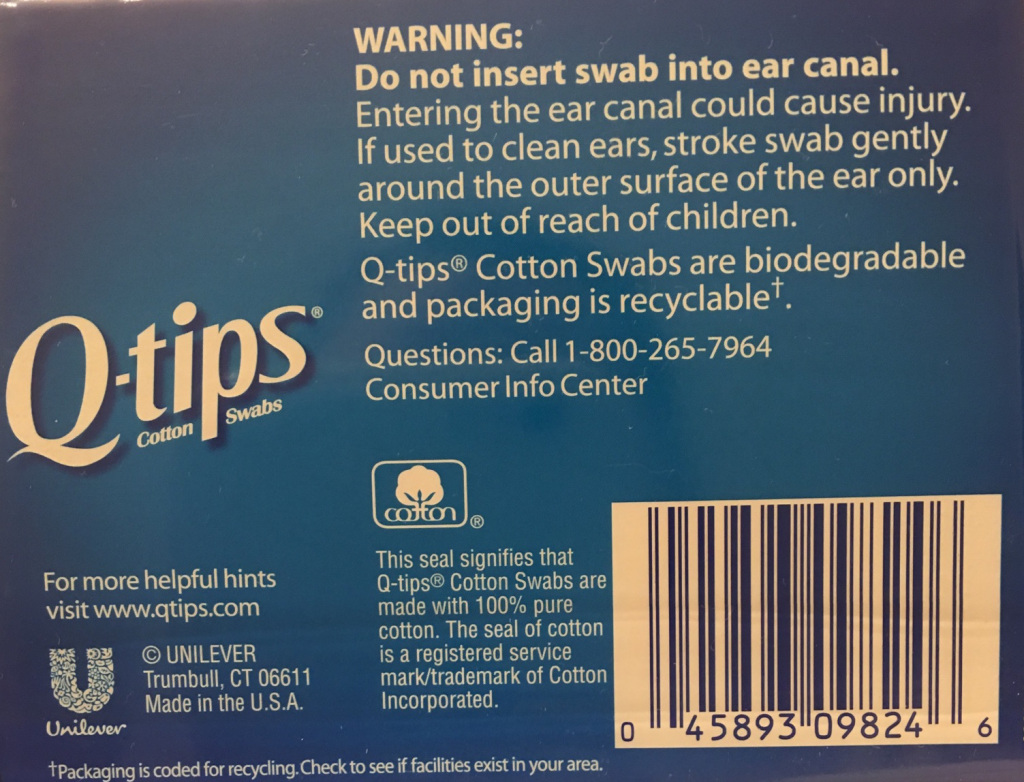Cotton Swab Injuries Send 12,500 Kids To Hospital Each Year Image courtesy of c x 2
We all know that we’re not supposed to stick things in our ear, but we’re also told that ear wax is icky and should be removed post-haste. This contradictory set of priorities might explain why thousands of kids show up at the hospital each year with swab-related ear injuries.
The National Children’s Hospital study, published in the The Journal of Pediatrics, found that over a 21-year-period from 1990 to 2010, 263,000 children — ages 18 and younger — were treated in emergency rooms for cotton-tip related ear injuries. That works out to 12,500 annual visits, or 34 visits every day.
According to the report — compiled using data from the Consumer Product Safety Commission’s National Electronic Injury Surveillance System — the majority of these injuries (about 73% ) occurred as a result of using cotton tip applicators to clean the ears.
Another 10% of injuries occurred when children were playing with the applicators, and 9% when they fell with he cotton tip applicator in their ears.
“The two biggest misconceptions I hear as an otolaryngologist are that the ear canals need to be cleaned in the home setting, and that cotton tip applicators should be used to clean them; both of those are incorrect,” co-author of the study, Dr. Kris Jatana said in a statement, noting that ear canals are typically self-cleaning.
Using a cotton tip applicator only pushes wax closer to the ear drum, and increases the risk of minor to severe injury to the ear, she said.
Of the injuries reviewed by the National Children’s Hospital, 77% occurred when children — generally under the age of eight — were cleaning their own ears, 16% happened when a parent was doing the cleaning, and 6% when a sibling was helping.
Of the reported injuries, the study found the most common to be foreign body sensation, perforated ear drums, and soft tissue injury.
While 99% of the patients seen in the emergency room for injuries related to the cotton tip applicators were treated and released, the more serious cases resulted in damage to the ear drum, hearing bones, or inner ear.
“These products may seem harmless, but this study shows how important it is that they not be used to clean ears,” Jatana said in a statement.
Although the report doesn’t name specific brands of cotton tip applicators, the most widely known variation is from Q-Tips. That company offers a warning on its box that the product should not be inserted into the ear canal.
A rep for Q-Tip parent company Unilever reiterated the warning, telling Consumerist, “Safety is our first priority. As stated on all Q-tips cotton swabs packages, Q-tips cotton swabs are never to be inserted into the ear canal. If used to clean ears, stroke the swab gently around the outer surface of the ear only.”
Want more consumer news? Visit our parent organization, Consumer Reports, for the latest on scams, recalls, and other consumer issues.


